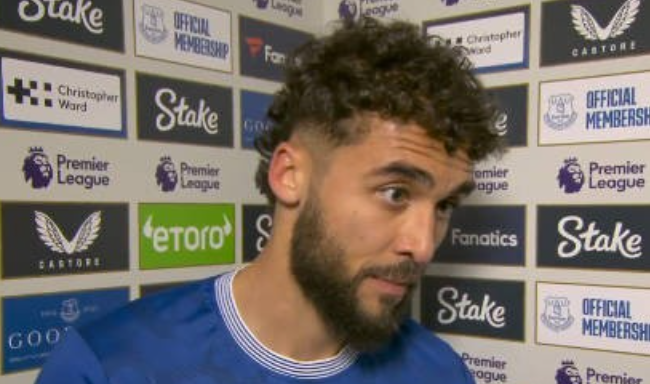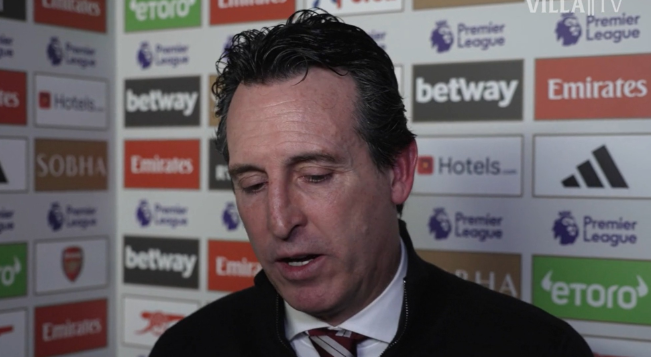
In FIFA's perspective, Morocco's small size, sparse population, weak external cultural communication and, above all, its strained financial resources are natural disadvantages for hosting the World Cup.
However, over the past three decades, despite the failure of the Hercules Cup to come to Africa for a second time, the passion for soccer in Morocco has grown to an almost fanatical level.
One of the most notable changes is the upgrading of "hardware" facilities. In recent years, in order to meet World Cup standards, Morocco has been "tightening its belt" and investing large sums of money in the construction of professional soccer stadiums, which have provided sufficient venues for the development of youth soccer throughout the country.
In Casablanca's bustling downtown, a "soccer live zone" with a capacity of thousands of people rose up, equipped with large screens, whether the national team to participate in the Africa Cup of Nations, the World Cup, or La Liga, the Portuguese Premier League, can make Moroccan fans boiling blood.
The Club World Cup made its debut in Morocco in 2013, igniting the domestic soccer atmosphere.
In this year's Cup, Casablanca Raja, as the host team, emerged as a force to be reckoned with and made it to the final. Although they eventually lost to Bayern, they made Moroccan fans feel the charm of soccer at home.
In 2022, the Moroccan youth training model was promoted by FIFA as a model. Speaking at the Global Youth Talent Symposium hosted by Wenger, President Leka said, "Morocco's youth training program is based on three elements - infrastructure, talent and the right teaching staff."
"My Moroccan colleagues from the EFL and I believe that these three fundamentals must be in place for the development to go ahead as planned."
The construction of world-class soccer facilities, the selection and development of youth soccer talent, the recruitment and development of top players, and highly qualified soccer management personnel and staff are the cornerstones of the rise of Moroccan soccer.
Their youth training model has been surprisingly profitable.
As the number one fan of the Moroccan national team, King Mohammed VI has also used his personal influence to promote the popularity and development of soccer in Morocco.
The National Youth Academy, fully funded by the national government and named after Mohammed VI, dates back to 2007, when the King's players were mediocre and declining in competitiveness in Africa, and an investment of 140 million Moroccan dirhams (about 13 million euros) was made to build a training center near Abbate, which was officially completed in 2009.
Although Qatar is home to the rich and powerful Aspire Elite Academy, the Mohammed VI Football Academy covers 18 hectares of land and has a number of standard soccer pitches.
Academy President Majdi is also the King's personal secretary-general and chairman of the Royal Investment Group. The President of the Moroccan Football Association, Laika, is currently the Minister of Finance and is responsible for the government's budgetary allocations.
Such a heavyweight academy team, not only to ensure that the youth training funds "earmarked", but also to see the royal high level of importance to the degree of soccer.
The academy is divided into five areas - a logistics center equipped with dormitories and canteens, a teaching center responsible for teaching, a medical center to ensure the physical and mental health of young players, a technical center that includes five professional soccer fields, and an administrative center for managers and coaches.
In terms of academics, Mohammed VI Academy produces not students who can only play soccer, but elite athletes who can read.
The Academy program lasts seven years and is divided into three phases: youth group for 12 to 14 year olds, youth group for 14 to 16 year olds and youth group for 16 to 18 year olds. The teaching methodology is a cultural and training program popular in Europe. The aim is to absorb young talent from all parts of the country, to train professional players and to raise the level of soccer in the country.
Today, the Mohammed VI Youth Academy has opened 12 branches in 12 regions of China with the aim of selecting the best boys and girls from China and sending them to the capital's soccer academy.
Most importantly, at the beginning of the Academy, it was positioned as a non-profit organization. Once some players are bought by other clubs, the transfer fees will be used for the daily expenses of the academy.
Agud, Onahi and Nnesiri, who all received their soccer initiation at the Mohammed VI Football Academy, have all played in Europe's top five leagues and have been favorites in the transfer market to varying degrees.
The success is not only in the men's national team, but Morocco has also become a role model in the construction of the league.
Morocco has six levels of professional leagues and more than 230 registered teams. There are 16 teams in each of the first and second divisions, 16, 32 and 48 teams in the amateur leagues, and regional leagues in as many as 11 divisions.
Considering that Morocco has a population of just over 40 million, the percentage and reach of the soccer population is evident.
In the case of futsal and beach soccer, the Moroccan Football Federation has undertaken similar reforms by establishing futsal and beach soccer leagues throughout the country.
In addition to developing great talent, soccer has become an important channel for solving the employment problem in Morocco.
The large number of professional positions offered by leagues and clubs allows young players who even if they don't make it to stardom to find suitable employment after professional soccer training.
Rooted in the love of the people and the official league system, the Moroccan national team at all levels has made remarkable leaps forward:
In addition to the men's national team, which reached the quarterfinals of the World Cup for the first time, Casablanca Vidade was crowned the CAF Champions League last season.
In Africa's first women's soccer league, the Moroccan women's soccer team won the second place in the Africa Cup of Nations.
The Futsal national team won back-to-back Africa Cup of Nations titles in 2016 and 2018 and reached the last eight of the Futsal World Cup - against Portugal's left-back Yahya Ala, who switched from a five-a-side field to 11-a-side.
As you can imagine, the World Cup quarterfinals are just a milestone in Morocco's decade-long commitment to soccer. The splendor and glory of the "Lions of Atlas" continues.






























